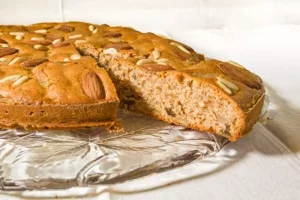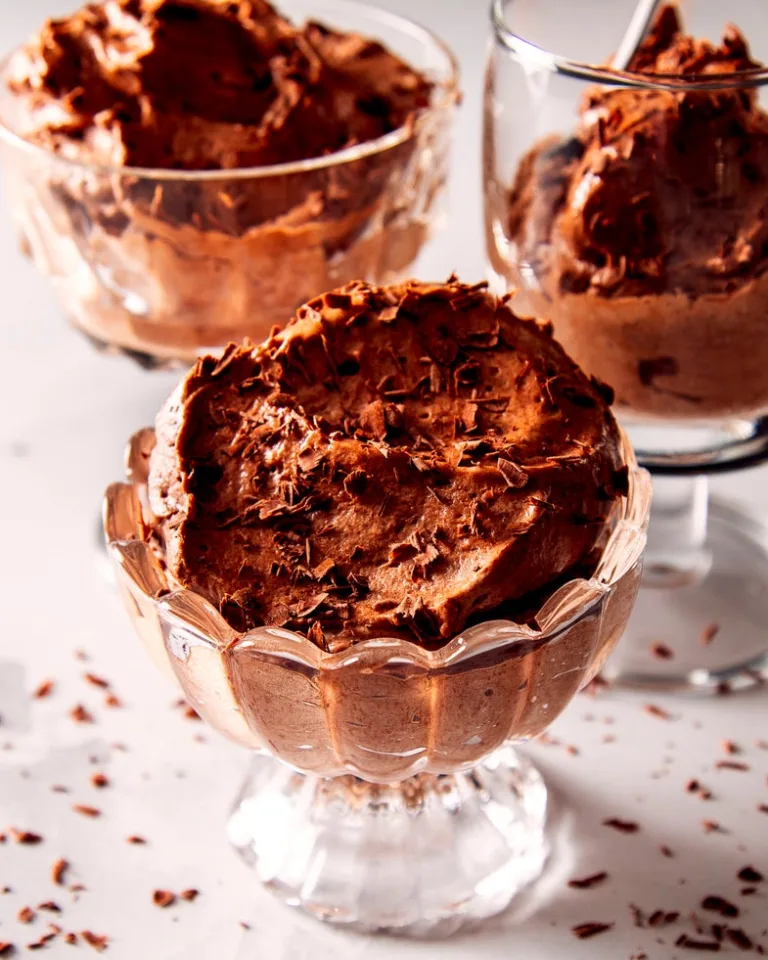Joanna Simon on the history and preparation of zelten—and the best wines to pair with the once-a-year fruit, nuts, and spice-based cake.
The Italians make the rest of the world look like slouches when it comes to traditional Christmas cakes. I am not talking about quantity. I don’t know which country buys, makes at home, or consumes most per capita. I’m referring to the number of regions in Italy that cherish a tradition of a particular cake, often made at home during Advent ready to eat over the Christmas period.
Other countries tend to have one famous Christmas cake, most containing some permutation of dried fruit, nuts, candied peel, and spices; among them, Germany’s stollen, Portugal’s bolo rei, and Britain’s dense (sometimes leaden) fruit cake coated in marzipan and royal icing, which, eaten at teatime, may well be following the similarly flavored Christmas pudding (or plum pudding) served earlier in the day. France admittedly ploughs a more individual furrow with bûche de noël, a chocolate-flavored yule log, followed at epiphany by galette des rois, a flat, frangipane-filled puff pastry pie.
Most of Italy’s regional Christmas cakes also depend on fruit (dried, candied, and fresh peels), nuts, and spices for much of their flavor. Two notable exceptions are the star-shaped, sugar-dusted pandoro from Verona and Piedmont’s tronchetto di natale (which is similar to bûche de noël and may have been a recipe brought from France). But after that it’s fruit, nuts, spices more or less all the way from north
This Article was originally published on World of Fine Wine






